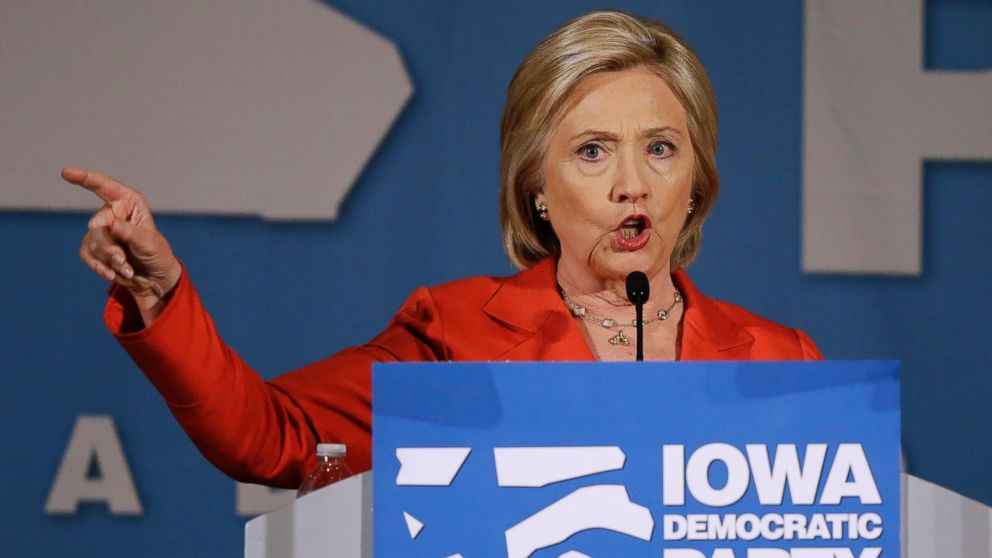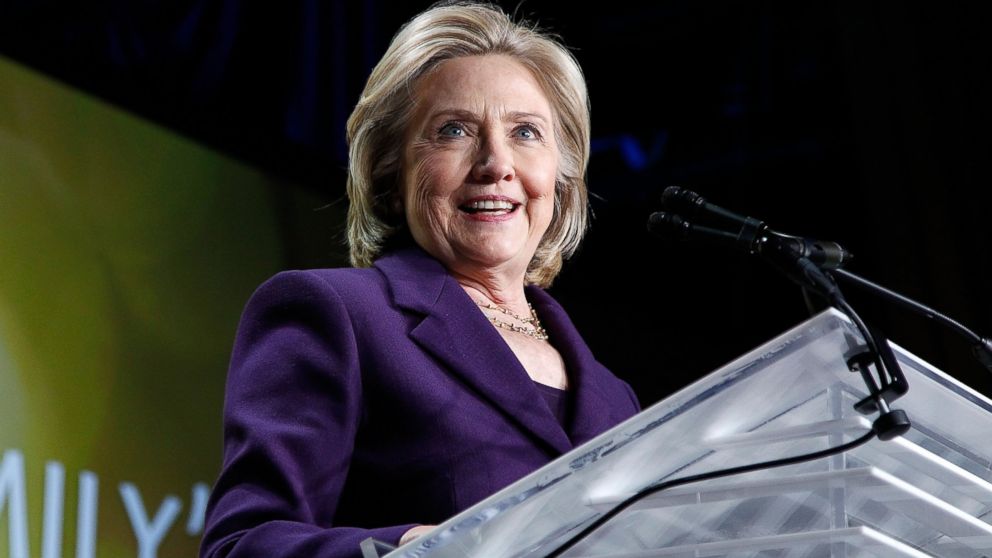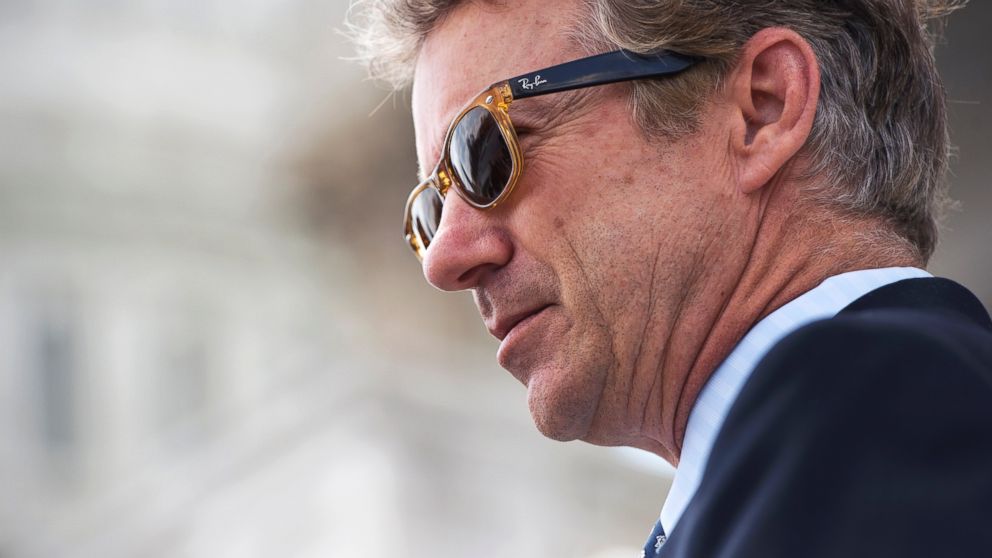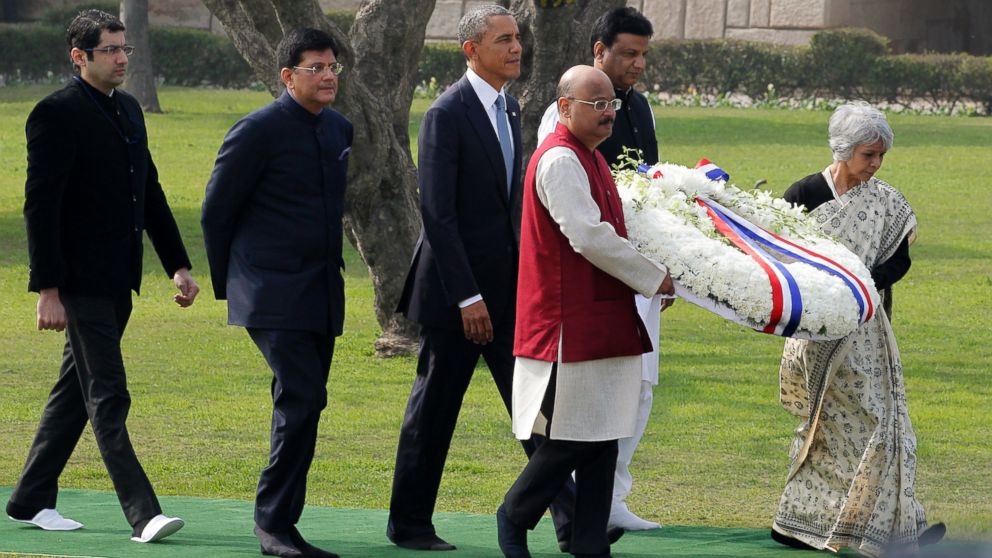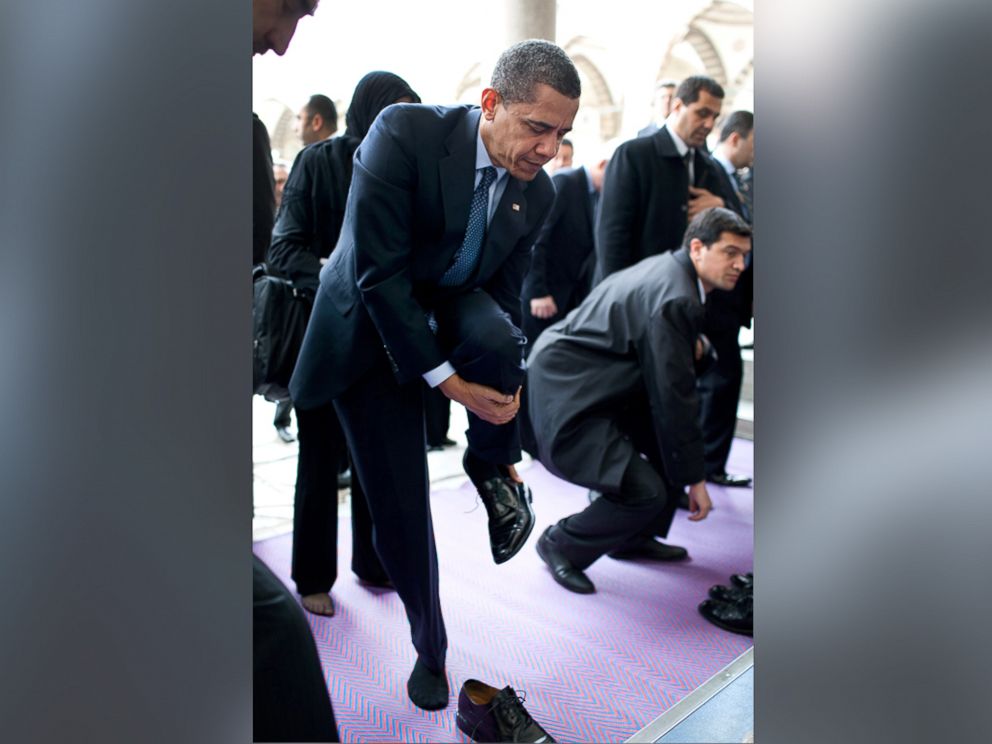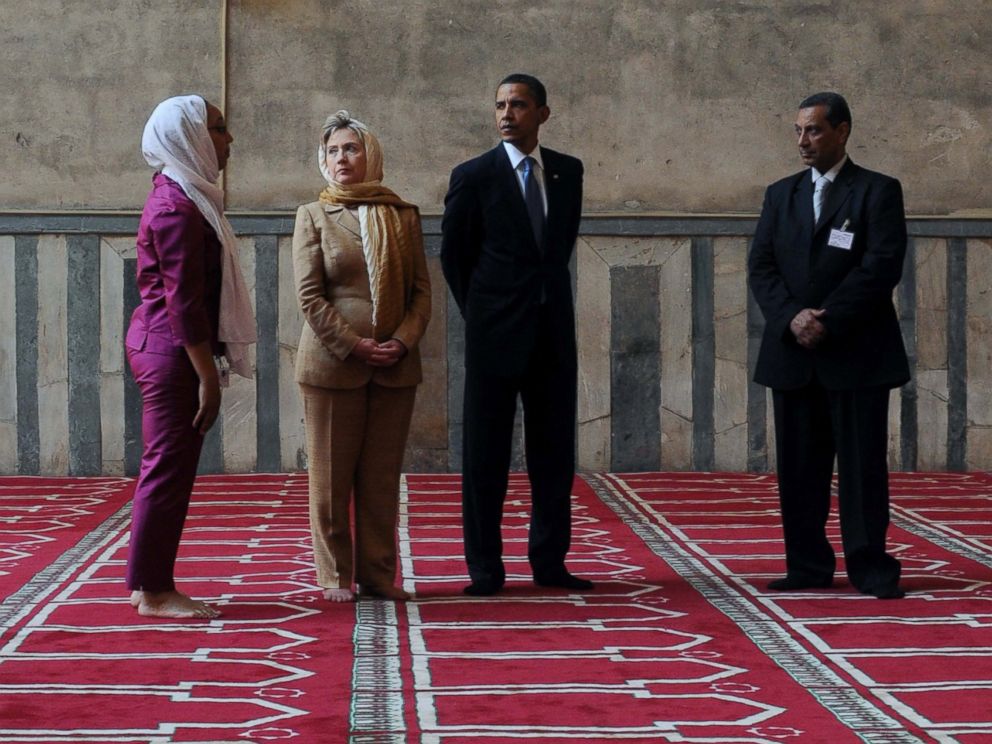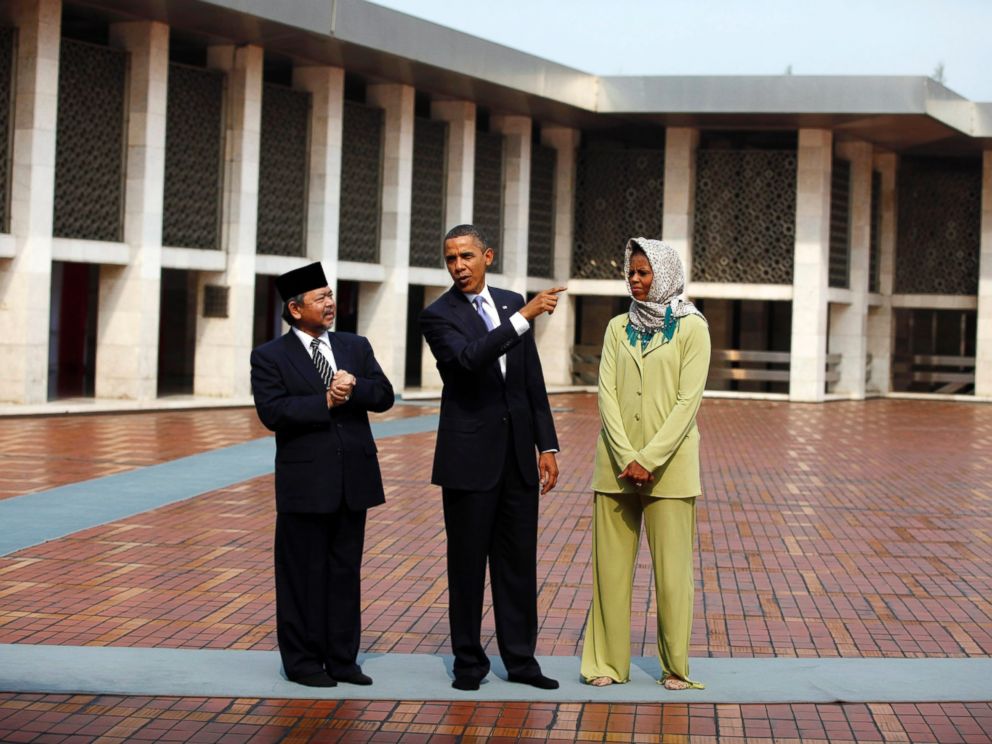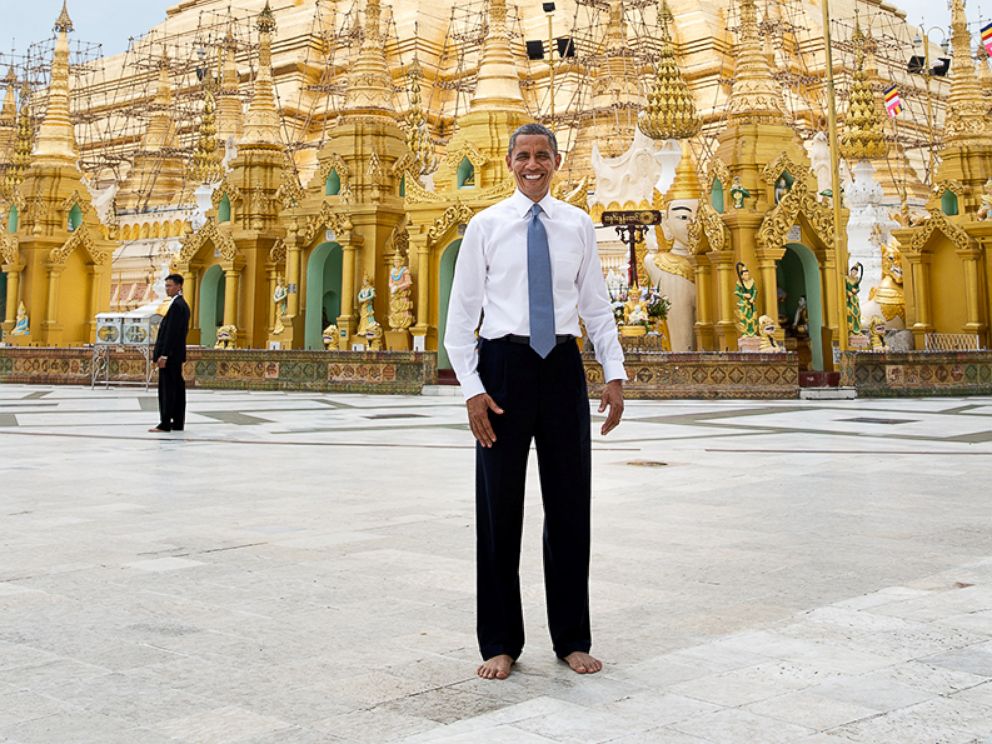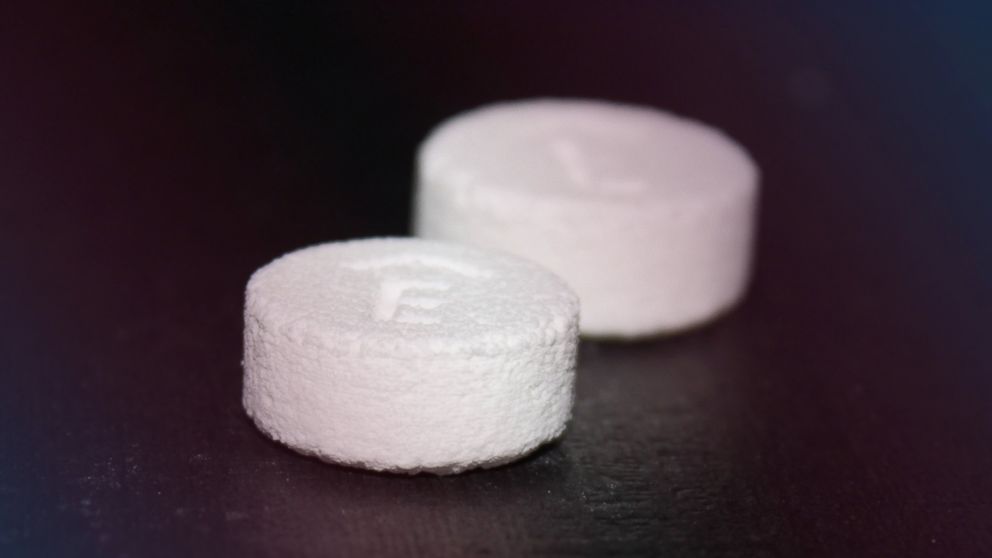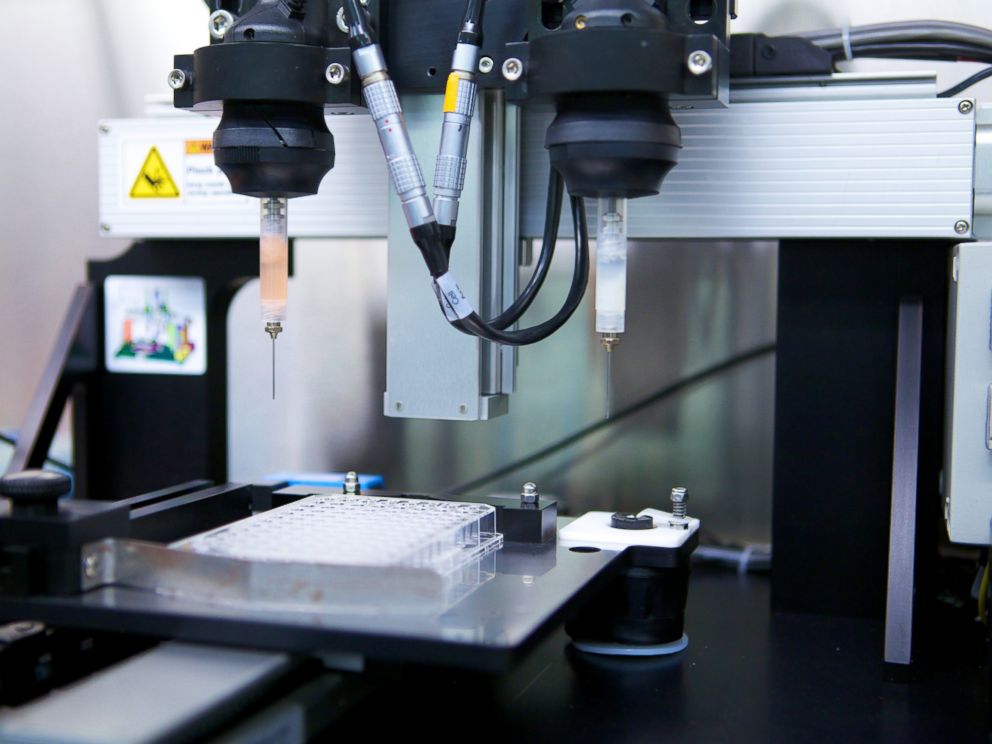Party: Democrat
What she used to do: Clinton has an impressive resume: secretary of state, two-term senator, 2008 presidential candidate -- and, of course, first lady.
What she does now: Clinton has spent her time out of public life raking in the dough. She has commanded speaking fees in the
hundreds of thousands of dollars. She also serves on the board of the
Clinton Foundation, which has battled against HIV and AIDS in Africa, invested in clean energy in Haiti and fought for equal opportunity for women and girls around the globe.
Declared as a candidate: April 12, 2015.
In her own words: “It’s America’s basic bargain. If you do your part you ought to be able to get ahead. And when everybody does their part, America gets ahead too.”
Family tree: Clinton was born in Chicago on Oct. 26, 1947 to Hugh Rodham, a Republican, and Dorothy Howell, a “
closet Democrat.” She
met Bill in the Yale law library in 1970: "If you're going to keep looking at me, and I'm going to keep looking back, we might as well be introduced,” she told him. Initially reluctant to settle down in Arkansas, Hillary married Bill in their living room in 1975 – just a week after she said “yes.” In 2014, Bill, Hillary and their married daughter Chelsea
welcomed a new Clinton into the fold: baby Charlotte Clinton Mezvinsky.
Early rejection: Hillary was “crushed” when, as a young girl,
NASA informed her that the agency didn’t accept women astronauts. Fifteen years later, in 1975, she was again rebuffed over gender when
attempting to join the Marines: “You’re too old, you can’t see, and you’re a woman,” the recruiter allegedly told her.
What she was like as first lady: Unlike some previous first ladies, who contented themselves with coordinating social engagements and championing charitable causes from the White House’s East Wing, Mrs. Clinton broke tradition and
set up shop in the West Wing, intent on reforming the nation’s healthcare system. In “Hillaryland,” Mrs. Clinton – billed during her husband’s campaign a bonus in the
two-for-the-price-of-one Clinton administration – was as headstrong as she was passionate. When Health and Human Services Sec. Donna Shalala warned Clinton her healthcare plan was “headed for disaster,” the first lady snapped that Shalala was “just jealous [she] wasn’t in charge,” an aide
recalled. The plan, which included an employer mandate, failed in Congress.
Potential baggage: Republicans have accused Clinton of mishandling the attack on the American consulate in
Benghazi, Libya that killed four Americans in 2012. They’ve roundly criticized the State Department’s
refusal to beef up security and questioned the administration’s initial
talking points, which stated the attack was spontaneous and “rooted in an internet video” rather than premeditated. Clinton, who says she
takes responsibility for the security lapses, has
deniedthere’s anything she “personally” could have done to prevent the attack.
Also likely attack ad fodder: Clinton’s
use of a personal email address while Secretary of State. Despite an administration-wide policy forbidding employees from conducting official business on personal email accounts, Hillary relied only on a personal address,
hdr22@clintonemail.com, and a personal server during her four-year tenure at the State Department.
Might have wished for a do-over: Defending her speaking fees, Clinton
told ABC’s Diane Sawyer in June 2014 that she and her husband were “dead broke” when they left the White House, $12 million in debt and struggling to pay their mortgages. After some not-so-gentle ribbing, she
acknowledged a few days later that her characterization of the Clinton family finances was not particularly “artful.” “Obviously, we are very fortunate,” she said. “We’re very grateful.”
Her strategy for surviving bruising attacks: “Grow skin like a rhinoceros,” she advised a group of students at New York University in 2014.
Must-have travel companion: As Secretary of State, Clinton always
packed a mini bottle of Tabasco sauce, red pepper flakes as well as Sharpies, Advil and sunscreen, her staff told reporters.
Guilty pleasures: In an unusually saucy moment in the spring of 2014, Clinton took a moment to mull over her guilty pleasures. “I’m just trying to think of some G-rated ones,” she
smirked. Ultimately, she revealed she was obsessed with “chocolate, of any sort.” She’s also said she loves HGTV’s home-improvement show,
“Love It Or List It,” self-help books, and
the song “Chelsea Morning,” the inspiration for her daughter’s name. She’s even taken up yoga and calls
swimming “one of my favorite things.”
Unlikely claim to fame: By now, Hillary has achieved celebrity status – and she has the awards show recognition to prove it. In 1997, Clinton
won a Grammy for best spoken word for her audiobook, “It Takes a Village.” (Bill won one too, for “My Life.”)
ABC's Ali Dukakis contributed to this report.
